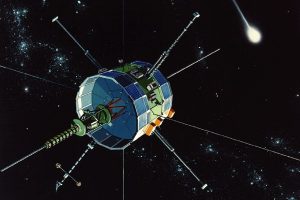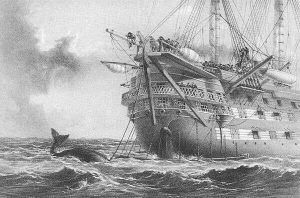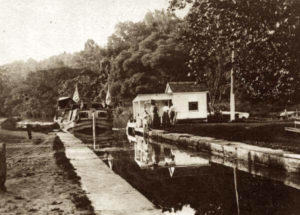Or: A Cup of Java is Good for Us

Me, Getting Smarter by the Sip
Fun fact: We have coffee to thank for economics, geology, and countless other scientific and intellectual advancements.
Seventeenth century Scotland was a nasty place in many ways, filled with poverty, disease, and chronic alcoholism—in great part because the water wasn't safe to drink. Raids from highland clans were also a fact of life.
By the eighteenth century, however, things had changed radically. The highland clans were defeated, the economy was looking up, and things were just improving all around.
And then coffee showed up.
All of a sudden, you had something to drink that would neither make you sick, like the water, or drunk, like the ale.
Intellectuals started gathering in social clubs and became massively more productive. Among those intellectuals were Adam Smith, the father of modern economics; James Hutton, the father of modern geology; Robert Burns, one of the greatest English language poets of all time (as well as Scots language poets); Joseph Black, the chemist who discovered magnesium and carbon dioxide; philosopher David Hume; and many more.
What's more, they weren't operating alone. They largely all knew one another. Joseph Black, James Hutton, and Adam Smith were all incredibly close friends.
This was a movement focused on empiricism and reason, and it came to be known as the Scottish Enlightenment.
These changes weren't just limited to Scotland, either. Everywhere coffee traveled, there tended to be increases in productivity, intellectual development, and general economic well-being of a nation (though not necessarily for individual members of a nation.)
Coffee is by no means an unadulterated good in history, especially not at the growing end of the supply chain, but it did radically change history wherever it arrived.
Pretty impressive for a beverage.
The Yard Ramp Guy®: The Year in People and Forklifts
This week, my friend The Yard Ramp Guy sums up 2018 and, with typical humbleness, shows why integrity is the keystone to a successful business.
Check out his magnificent year-ending post HERE.




